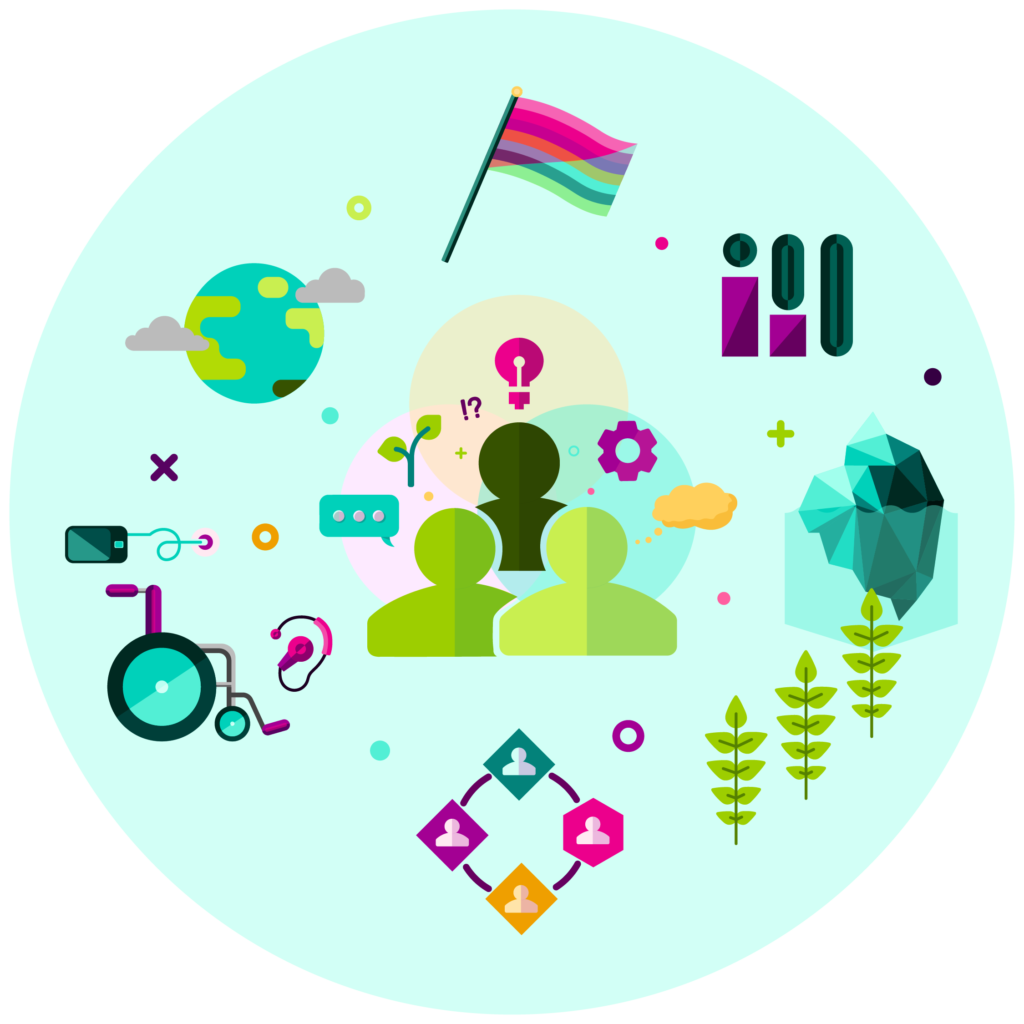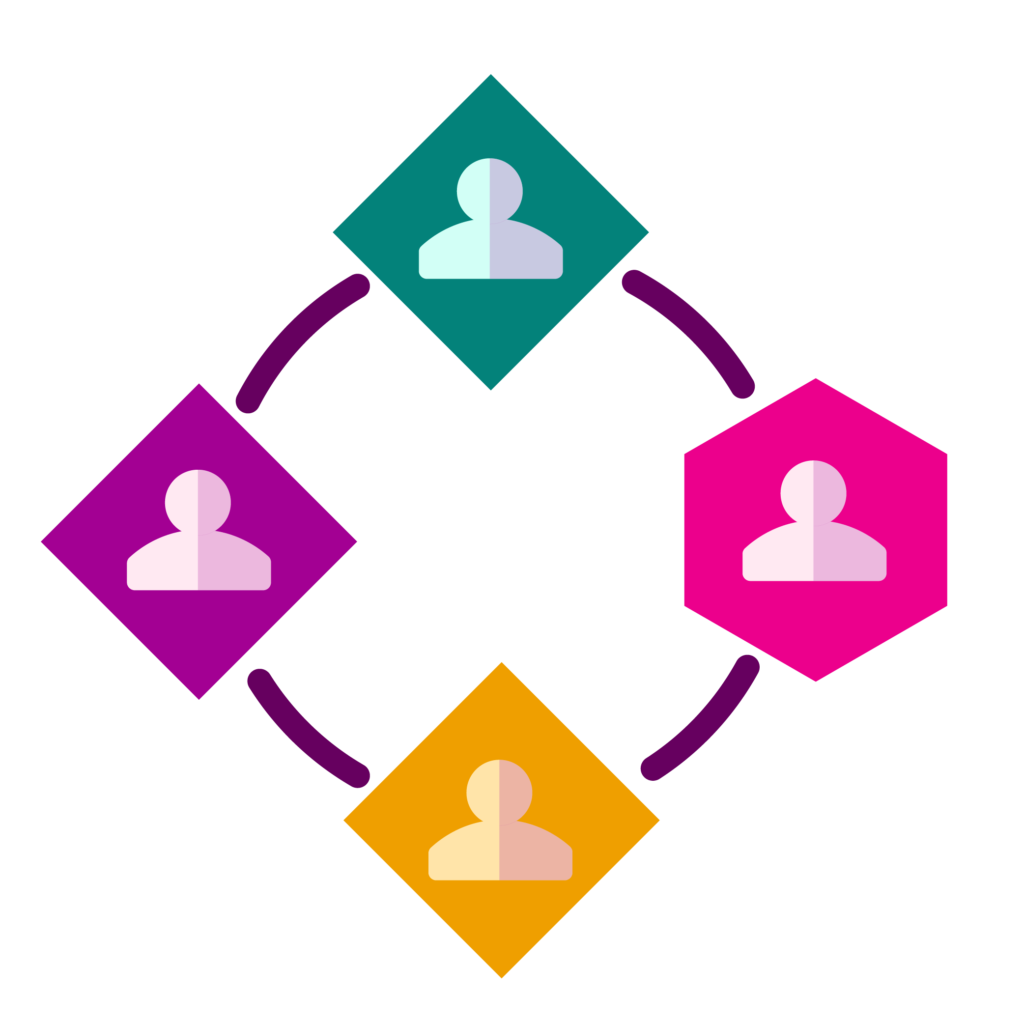Inclusive Economy
Across Canada, systemic discrimination resulting from institutionally and culturally embedded biases have put many groups at an unfair disadvantage in the labour market. These groups include Indigenous Peoples and underrepresented groups such as newcomers, Black and other racialized communities, women, youth, 2SLGBTQ+ people, persons with disabilities, veterans, and those living in rural, remote and Northern communities. Building an inclusive workforce requires understanding and action to address barriers and exclusions. This could include more supports for workers, helping employers plan for their workforce’s future and addressing impediments at the policy and system level that prevent people from achieving their potential.
Our commitment to equity is at the core of our investment strategy and approach to innovation in the skills ecosystem. Over 75 per cent of our projects serve underrepresented groups. Canada is stronger when everyone has the opportunity to learn and prosper. Our research and pilot projects help marginalized communities overcome barriers and participate more fully in the labour markets of the future.

Key Insights
40% of racialized employees experience race-based discrimination in the workplace in Canada.
Many Indigenous workers cite workplace bullying and discrimination as a cause of early departure from a job.
50% of internationally trained female engineers in Canada are not employed which speaks to barriers that go beyond skills.

Leveraging the skills of newcomers

Helping youth bridge the school-to-work transition

Centering Indigenous autonomy for sustainable economic development
The Issue: Employment barriers remain
Many equity-deserving groups in Canada continue to face barriers to employment and career progression, even with in-demand skills and education. For example:
- One in two First Nations’ employees experiences discrimination in the workplace because of their Indigenous identity
- While many companies have found lower turnover rates and comparable productivity among employees with disabilities, many Canadians with disabilities still face physical and attitudinal challenges in obtaining employment
- Among full-time and part-time employees in Canada, women still make 89 cents of every dollar men make as of 2021
- Individuals with racialized sounding names are far less likely to receive call-backs for job applications than their non-racialized, non-immigrant counterparts
- Black Canadians face four times the number of reported microaggressions compared to white employees, and half report discrimination during promotional processes
Barriers can be compounded when individuals with intersectional identities face multiple obstacles. For example, a young Indigenous woman living in a rural or remote location could face race, age and gender discrimination as well as lack of access to educational supports and digital connectivity.
Why It Matters
The continued existence of systemic racism and discrimination, devaluation of international credentials and unequal access to educational and training opportunities underpin inequity in Canada’s labour market.
Labour and skills shortages across industries and sectors are deepening. As a result, Canada will need to consider how to attract and retain workers from equity-deserving groups who bring a diversity of skills and experiences. Employers and labour must address the systemic discrimination within their walls to ensure workers feel valued and included. Workforce development initiatives need to take into account the real barriers that exist.
Improving equity and inclusion is also good business. The McKinsey Global Institute found that efforts to improve gender equality alone could increase Canada’s economy by as much as $150 billion. While there are a range of resources available to tackle the problem, more needs to be done to spread knowledge about effective practices.







